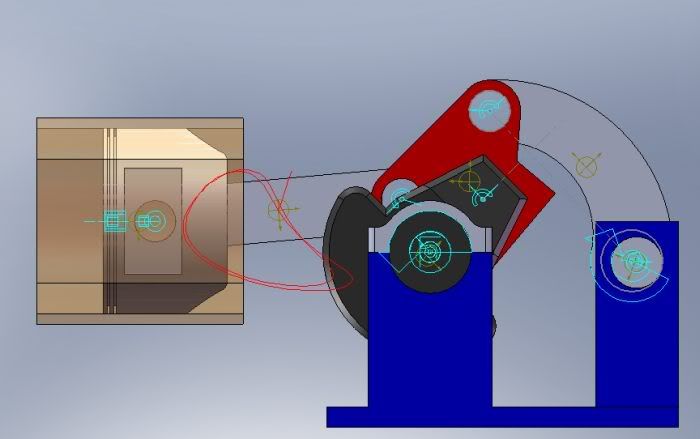Due to the properties of the Atkinson cycle, there are two factors that do limit how high the engine can rev. First off is the extra mass and complexity of any linkages between the crankshaft and piston. That is a physical limitation, determined by mechanical properties. Please remember that reliability has to be considered, since current Formula One engines need to be able to function for more than one or two races. The second is the fuel burn time. Because the Atkinson cycle requires that the exhaust gases be allowed to expand to ambient air pressures, then it takes longer than the typical Otto cycle now practiced in Formula One.
Additionally, since the exhaust gases spend a longer time inside the cylinder than the typical Otto method, then it is logical to assume more heat is passed by the exhaust gases into the cylinder, and engine. This would require redesigning the engine and cooling system to handle the additional load. In other words, because of the Atkinson cycle, larger radiators.
Even if you make the assumption that an Atkinson cycle engine can be made to compete against the current crop, then you need to assess the advantages and disadvantages.
Advantage ...
increased fuel mileage.
Disadvantages ...
Increased complexity and mass of the drivetrain. This added mass is counter to the goal of keeping mass down. The complexity would affect reliability.
Increased inertial mass of the drivetrain. This added mass is also counter to the goal of keeping mass as low as possible for performance.
More heat inside the engine requiring additional cooling. Larger radiators, cooling ducts, pumps, and connecting plumbing would have to be increased. More unwanted mass.
- Login or Register
No account yet? Sign up





